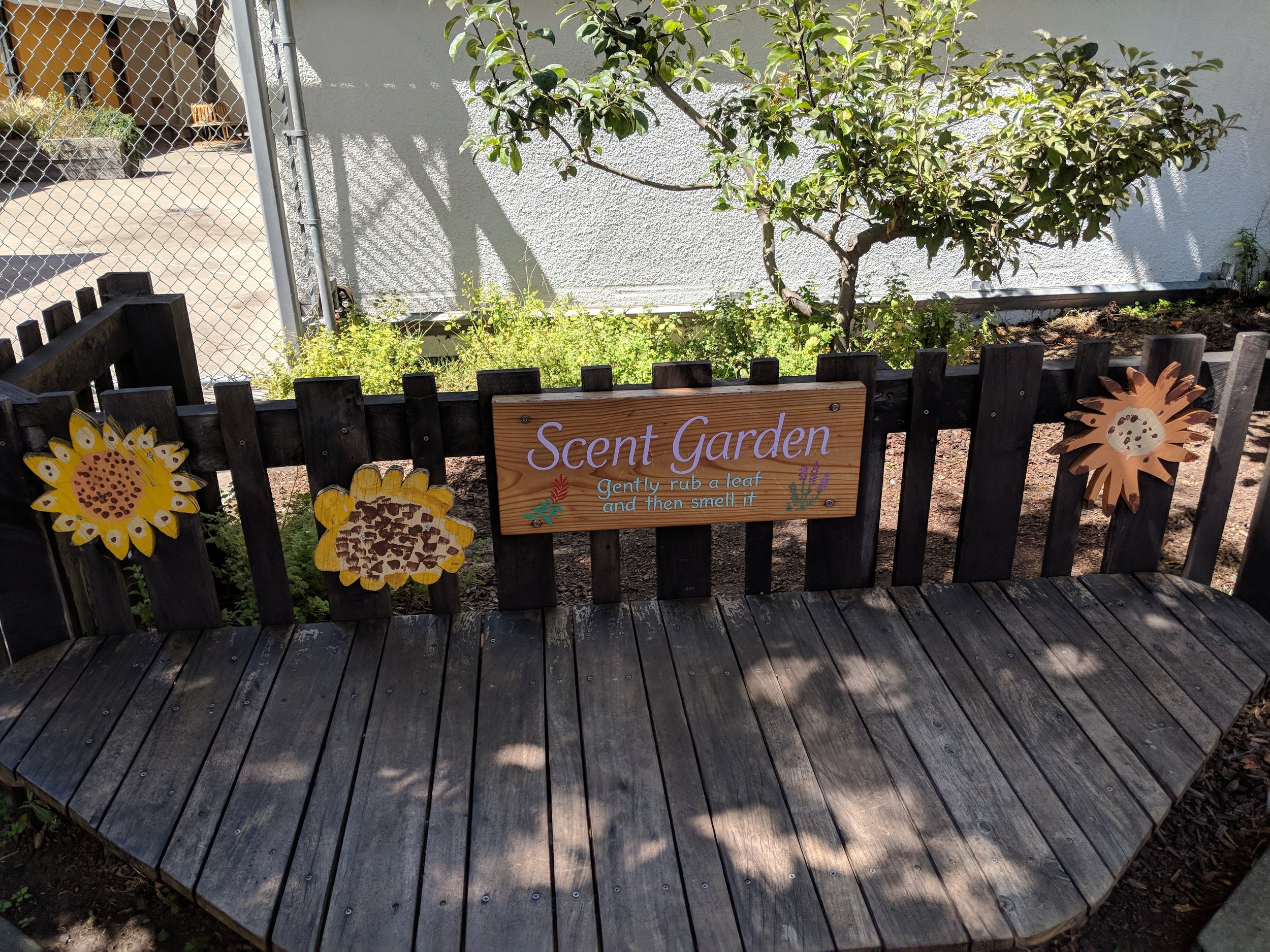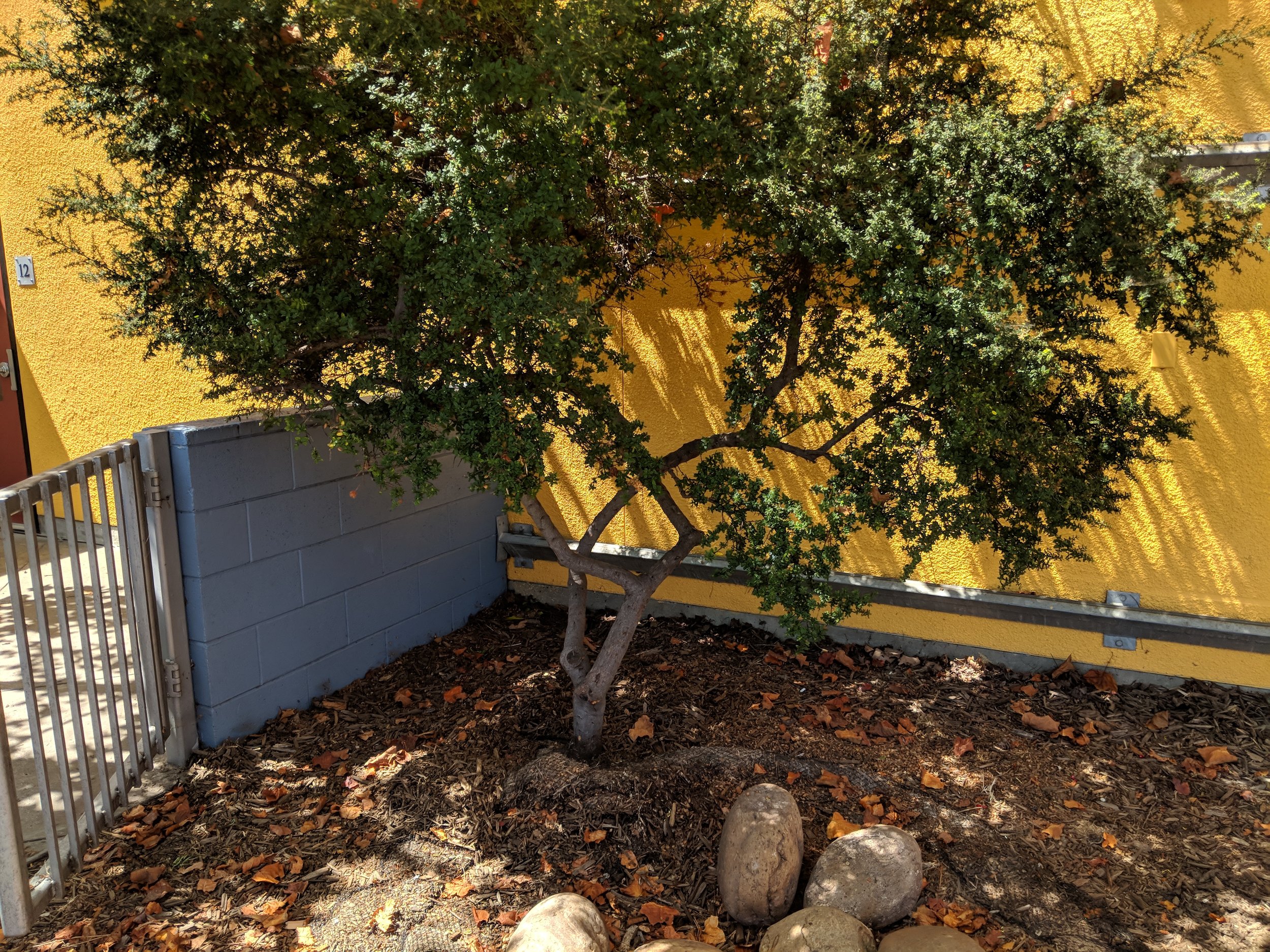Green Schoolyard Project
The Rosa Parks School community began a participatory schoolyard design process with parents and teachers in January 2006. Our overall goal was to enhance the existing schoolyard to create an even more vibrant and engaging environment for our children to work and play in.
In Fall 2006, we completed a concept plan that expresses our collective vision for the school grounds. The plan is intended to guide the future development of this environmental science school’s gardening program, outdoor classroom spaces, and play areas over the next 5-10 years. The concept plan includes design ideas that were generated by parents and teachers over the course of the planning process.
The Green Schoolyard Concept Plan for Rosa Parks School includes the following themes:
1. Enhanced Play Opportunities
Zones for active and creative play
Opportunities for exploration and adventure
2. Enhanced Educational Opportunities
Outdoor classroom spaces with tables and seating
A new “amphitheater hill” for large outdoor gatherings and play
Boulder seating areas tied to the geology curriculum
A human sundial and solar panels, connected to the renewable energy curriculum
An expanded culinary garden with new redwood fence and outdoor seating
Additional edible plantings in the main yard including vegetables, herbs, fruit trees, and berry bushes
Large, curriculum-tied native plant gardens representing different habitat types in the California landscape, and designed to attract local birds and butterflies
Increased emphasis on seasonal change (fall color, spring flowers, weather stations)
Connections to the schoolyard’s place in its watershed
Removal of pavement to increase the site’s capacity to absorb storm water, and decrease the “urban heat island” effect in the yard
3. Enhanced Physical Comfort & Schoolyard Appearance
Shade trees and extensive outdoor seating will make the yard more comfortable
Aesthetic embellishment, with the addition of carefully chosen murals and tile mosaics, will improve the appearance of the school
For more information please contact: Barbie Zeldis




